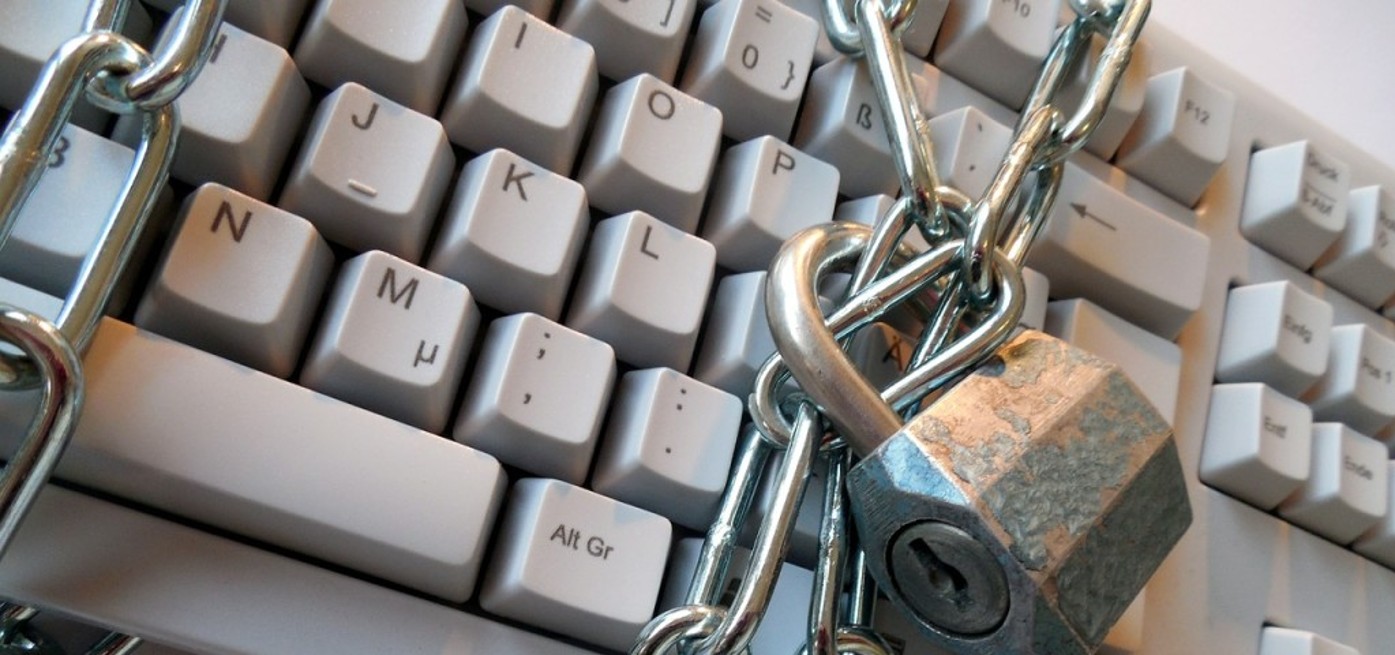
Buying Guide for Portable Signal Jammers
Key Takeaways Consideration Detail Product Weight Jammer Master’s portable jammers average 1.5Kg, significantly lighter than desktop models. Frequency Bands Capable of blocking multiple bands with
Free Worldwide Shipping & 1-Year Warranty!

Cell Phone Jammers are devices that emit wireless radio frequency signals specifically designed to interfere with mobile phone signals. When these signals encounter walls, a portion of the signal is reflected back while another portion can penetrate the wall directly, although with some signal attenuation. The degree of attenuation varies depending on the material of the wall. For instance, walls made of lightweight steel keel gypsum board have less attenuation, as do materials like glass and wooden doors. Additionally, the signals emitted by Cell Phone Jammers can be refracted or reflected through open spaces such as doors and windows, which can also affect the mobile phone signals behind the wall, creating an illusion of the jammer’s penetration ability. The penetration ability is also influenced by the transmission power of the jammer’s different frequency bands. Generally, the higher the transmission power, the stronger the penetration ability, similar to how one can hear the sound from the neighboring room more clearly if it is louder, and barely hear it if it is softer. The penetration ability is also related to the frequency of the wireless signals emitted by the Cell Phone Jammer. As we know, lower frequency wireless signals have stronger diffraction performance, just like the radio stations we usually listen to. Radio stations typically transmit at frequencies ranging from tens of megahertz to over one hundred megahertz, which are relatively low frequencies. A single transmission tower can cover over 100 kilometers. Lower frequency wireless signals have stronger penetration ability.
Therefore, when using a Cell Phone Jammer, it is important to consider the material of the wall. If the wall is made of gypsum board or wood, for example, the attenuation will be minimal. Similarly, materials like glass and wooden doors also have less attenuation. Additionally, the signals emitted by the jammer can be refracted or reflected through open spaces such as doors and windows, which can also affect the mobile phone signals behind the wall, creating an illusion of the jammer’s penetration ability. Of course, the penetration ability also depends on the transmission power of the jammer’s different frequency bands. Generally, the higher the transmission power, the stronger the penetration ability, similar to how one can hear the sound from the neighboring room more clearly if it is louder, and barely hear it if it is softer. The penetration ability is also influenced by the frequency of the wireless signals emitted by the Cell Phone Jammer. As mentioned earlier, lower frequency wireless signals have stronger diffraction performance, just like the radio stations we usually listen to. Radio stations transmit at frequencies ranging from tens of megahertz to over one hundred megahertz, which are relatively low frequencies. A single transmission tower can cover over 100 kilometers. Therefore, if the wall material can be determined to be gypsum board or wood, the option of installing the jammer behind the wall can be considered. However, if the wall is made of brick or concrete, it is not recommended to install the Cell Phone Jammer behind the wall.
In conclusion, the penetration ability of Cell Phone Jammers is influenced by various factors, including the material of the wall and the transmission power and frequency of the jammer’s signals. Walls made of lightweight steel keel gypsum board, glass, or wooden doors have less signal attenuation, while brick or concrete walls have higher attenuation. The illusion of penetration ability can be created by the refraction or reflection of signals through open spaces such as doors and windows. Lower frequency wireless signals have stronger penetration ability due to their stronger diffraction performance. Therefore, when using a Cell Phone Jammer, it is important to consider the wall material and make an informed decision on whether to install the jammer behind the wall.
Our frequency checker tool will help you check all frequency bands used in all country.

Key Takeaways Consideration Detail Product Weight Jammer Master’s portable jammers average 1.5Kg, significantly lighter than desktop models. Frequency Bands Capable of blocking multiple bands with

In an age where the sky is dotted with drones, the importance of drone jammers has never been more significant. From commercial deliveries to personal

Protect your vehicle’s location privacy with a professional guide on GPS jammers. From selection to legal considerations and installation tips, we’ve got you covered. Key

Understanding Signal Blocker: How It Works and Its Applications Signal Blockers are devices that can disrupt mobile phone signals, preventing them from connecting to base

The Application and Benefits of High-Power Signal Jammers Enhancing Signal Blocking Efficiency in Various Environments In today’s technologically advanced world, the need for effective signal

Considerations for Purchasing Exam Room Signal Jammers Ensuring Effective Signal Jamming for Exam Integrity As the year approaches its end, many schools are preparing for

The Importance of Monitoring and Signal Interference Measures During Examinations During examination periods, it is crucial to closely monitor the examination venues and their surrounding

Selecting the Appropriate Cell Phone Jammer for Theaters and Auditoriums Overcoming Challenges in Installation and Maximizing Signal Disruption The Importance of Cell Phone Jamming in

Remote Control of Cell Phone Jammers via Smartphone: A Possibility? With the rapid development of the Internet of Things (IoT), numerous smart home devices have